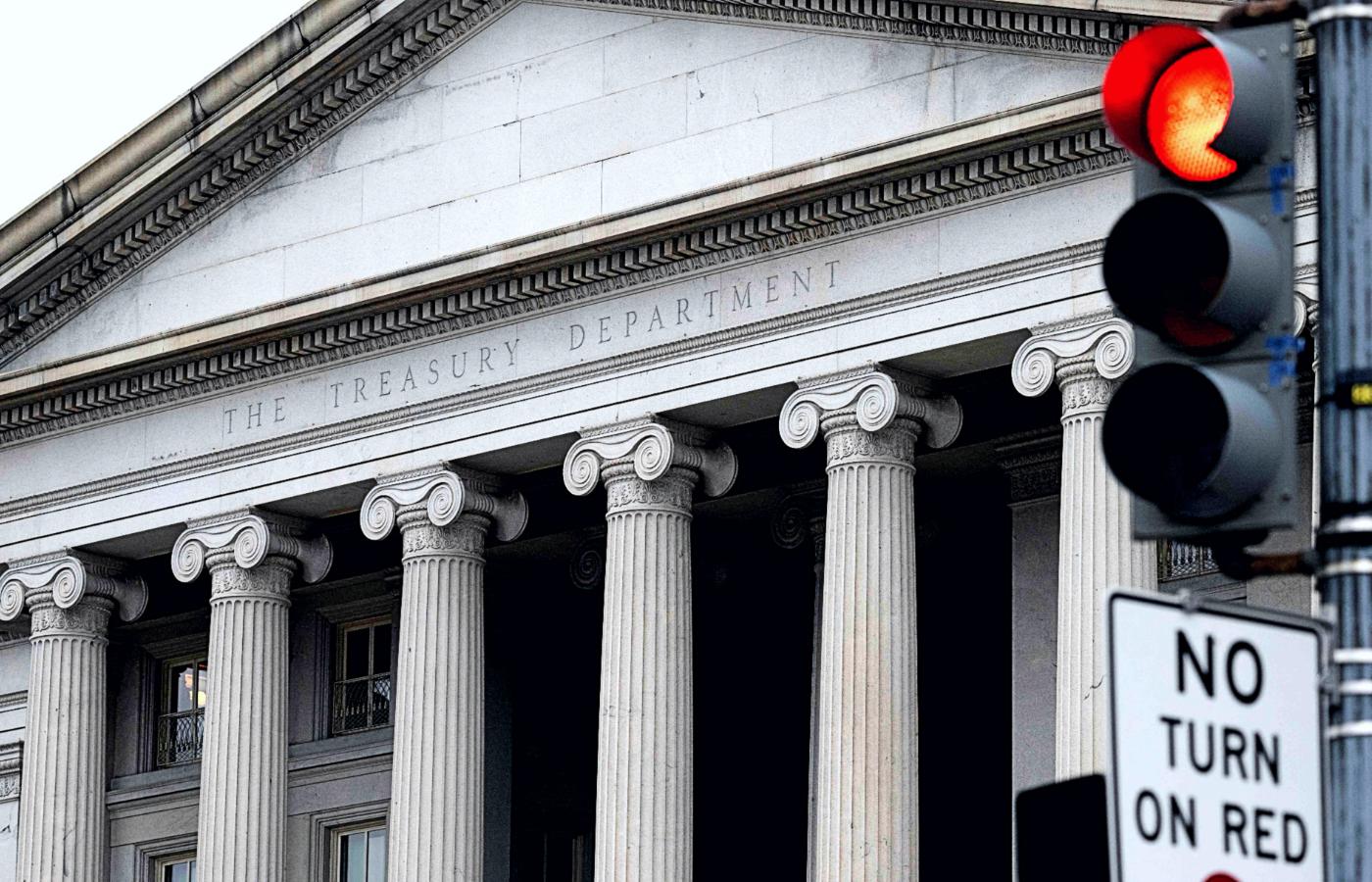
If President Joe Biden, the Democrats, and the Republican opposition reach no agreement, and Washington may declare partial insolvency. That would have disastrous consequences for the U.S. and global economies.
Raising the statutory U.S. debt ceiling, which took place last week, is the subject of a major dispute between President Joe Biden and his Democratic Party, and the Republican opposition, which holds a majority in the House of Representatives as a result of the recent midterm elections. If there is no agreement among the parties, Washington may declare partial insolvency in a few months, and this would have disastrous consequences for both the American and world economies.
America Is Indebted to the Max
Last Thursday, U.S. debt reached a ceiling of $31.4 trillion, or 120% of the gross domestic product, as reported by Treasury Secretary Janet Yellen. Two-thirds of this amount is the value of government bonds bought in the U.S. by the Federal Reserve, pension funds and ordinary investors, and one-third is foreign loans from countries such as China, Japan and the United Kingdom. Washington must continue borrowing to pay off interest.
But taking on more debt requires Congress to raise or suspend the statutory debt ceiling. Congress has to do this more or less every year. It has raised the debt limit 20 times since 2001. Until this happens, the government usually takes emergency measures to avoid paying interest to creditors and regulating other debts. This time, as expected — because it has already happened more than once — Congress will delay the payment of military salaries, tax refunds, pensions, Medicare health insurance fund reimbursements for the retired and other social benefits, for instance. Yellen has already suggested this is a possibility.
In the past, raising the debt ceiling used to subject to dispute between the administration and the opposition party, especially if it was the Republicans, who tend to defend fiscal discipline and demand spending cuts. A protracted conflict often led to the suspension of federal work (known as a government shutdown) when failure to adopt a budget on time prevented the payment of federal government salaries. Yet, the government always reached an agreement and set the debt limit at a higher level. This ensured the continuity of debt repayments, and as a result, guaranteed the U.S. credit rating so it could borrow from other countries.
The White House Wants To Negotiate
This time, as some commentators fear, the conflict may be more dramatic and its consequences more serious. This is caused by the Republican position, especially a group of the most radical members of Congres, who say they will agree to raising the debt ceiling only if there are drastic budget spending cuts. These representatives have demanded that Republican House Speaker Kevin McCarthy remain relentless in his negotiations with the White House on this subject. The ultraconservative faction of the GOP can now blackmail McCarthy by threatening to remove him if he relents on demanding these cuts.
The White House has said it has no intention of negotiating the debt limit with the Republicans. Biden’s staff have reiterated that raising the debt ceiling would not mean a green light for further increased spending, but rather that it would aim to ensure the continuity of the repayment of U.S. debts. Observers who support the administration’s position calling on Biden not to succumb to conservative blackmail.
Some experts argue that the statutory debt limit itself, introduced by Congress in 1939 on total accumulated debt, is a problematic solution because it leads to constant conflict, so it would be better to raise the debt ceiling automatically with the adoption of the annual budget. It’s worth noting that apart from the U.S., the only developed country to use this solution is Denmark.
Are the Republicans Just Bluffing?
For now, however, there is a prolonged stalemate and anticipation about whether the administration, and the Democrats in Congress who support it, will succumb to the Republicans’ blackmail, which is most likely a bluff. The dispute is not expected to be resolved until June. Experts from the Brookings Institution warn that if the debt ceiling is not raised, the total amount of spending cuts and tax increases necessary to pay off existing debts will amount to $1.5 trillion this year and $14 trillion within the next 10 years.
Economists calculate that the alternative — insolvency — means the threat of U.S. GDP declining by 4%, the loss of almost 6 million jobs, and the collapse of stock market prices by one-third of their current value. And since the stability of today’s global financial system is based on the assumption that U.S. Treasury bonds are the safest capital investment, the U.S. failing to pay its debts would mean global catastrophe.

Leave a Reply
You must be logged in to post a comment.